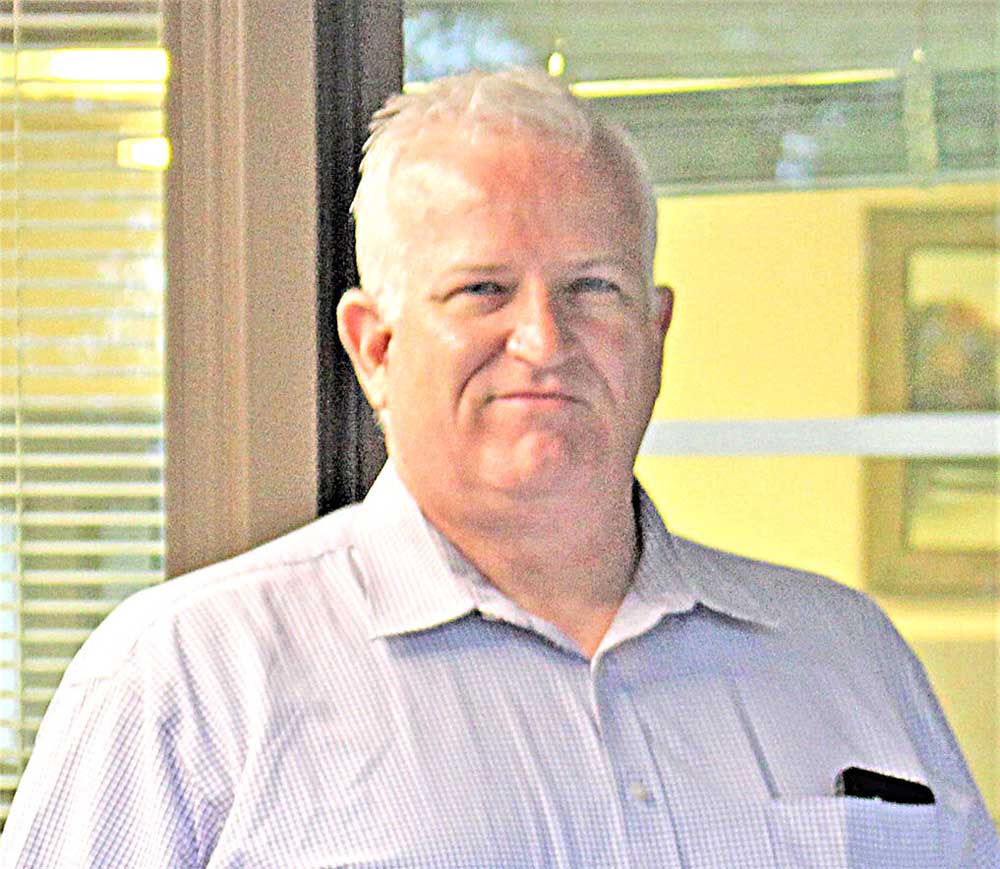Company making fiber optic progress on peninsula
Published 9:59 am Friday, January 10, 2025

- Ken Johnson, Wahkiakum West CEO
LONG BEACH — WWEST Communications now has fiber optics in place from north of Pioneer Road to the southern part of Seaview, according to company CEO Ken Johnson.
Trending
“Our network connects the community on the west portion along Ocean Beach Boulevard right now, and we’re starting to build out to the side streets and down Washington Street now, filling in gaps along the way,” Johnson said. “The demand has been good and we’re very much just responding to the number of hookup requests.
WWEST’s progress down to Seaview took about four months longer than anticipated, Johnson said, noting underground installation can be time-consuming, with a need to be careful of other underground facilities.
“We hit a sewer line in early December and lost a whole week repairing it despite all our cautionary efforts,” he said.
Trending
‘I don’t know if Ocean Park is possible in 2025, but depending on demand, there’s two or three different ways we could get to them sooner.’
Ken Johnson, WWEST Communications
“Next on our agenda, we’re trying with all of our might to get down to the Port of Ilwaco. We’ll connect from Seaview down to Ilwaco to get the port and then, at that point, we’ll stop and start expanding that system from east to west, while selectively continuing to push north from Long Beach to Ocean Park,” he continued, saying they’re about a mile away from the port.
“We have most of the pipe in at the port,” he said, referring to the conduit that houses the fiber optic cable. “So, once we get down to there and get the fiber pulled in, we’ll be able to start activating some of the folks that have been waiting for us there and we’ll be freed up to build out all the side streets in Ilwaco, Seaview and Long Beach. I don’t know if Ocean Park is possible in 2025, but depending on demand, there’s two or three different ways we could get to them sooner.”
Speeds and prices
The company currently offers a 100-megabyte base product for $79.95 that includes a managed router service, equipment and remote maintenance. Customers can add a phone line for $25. The company also offers Direct TV over their fiber system with prices varying based on the selection of packaged channel offerings. There is no installation fee at this time, although that could change as the system continues to grow. According to Johnson, an upcoming promotional offer involving bundling will be available in 2025.
“Demand has been steady, and I don’t think we’ve lost a customer in three years,” Johnson said. “Our goal is to be the last provider that people are going to need. Currently, for the basic $79.95 you get 100 megabits downstream and 100 megabits upstream. Some people will say they have more than that with the cable company. That is true on the downstream side. But the truth of the matter is we don’t have any residential customers that are exceeding 50 megabits on the downstream side.”
30 vs. 100
Johnson said that while entire neighborhoods on the peninsula with cable have to share a 30 megabits upstream, his company provides each customer with 100 megabits on the upstream.
“You can buy more with the cable company and go from 100 to 500 or to a gig even, but if your upstream pipe isn’t good enough then it doesn’t matter how much downstream capability you have, you’re likely never going to get better performance because your requests are getting lost in the congestion,” he said. “From a performance perspective, because of its symmetrical nature, our 100-megabit offering outperforms other higher down-speed systems. If you are somebody doing video conferencing, working from home or online schooling and even video gaming, all of those things that require the upstream channel to be clean, having more capacity there ensures that the system is more spontaneous.”
Johnson said the Rosburg-based firm is considering increasing speeds for marketing purposes without increasing the price in 2025. “This would make it easier for customers to compare our product with the competition, not because anyone really needs the extra capacity for normal residential use,” he said.









